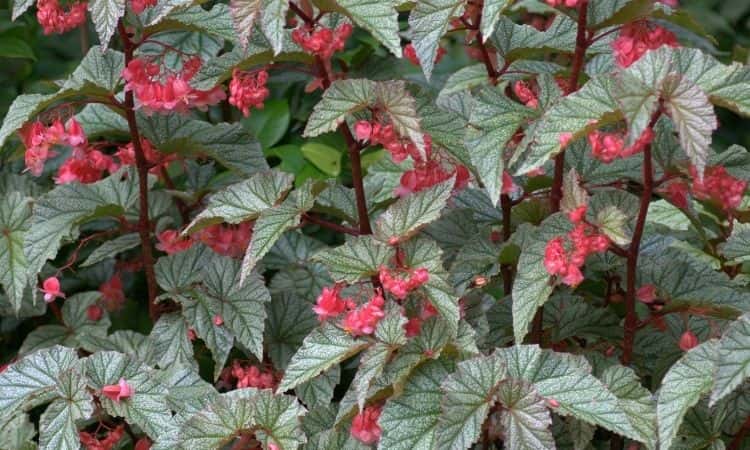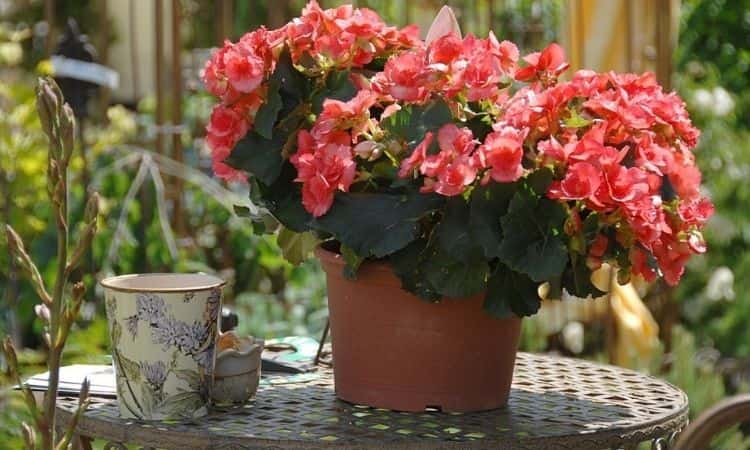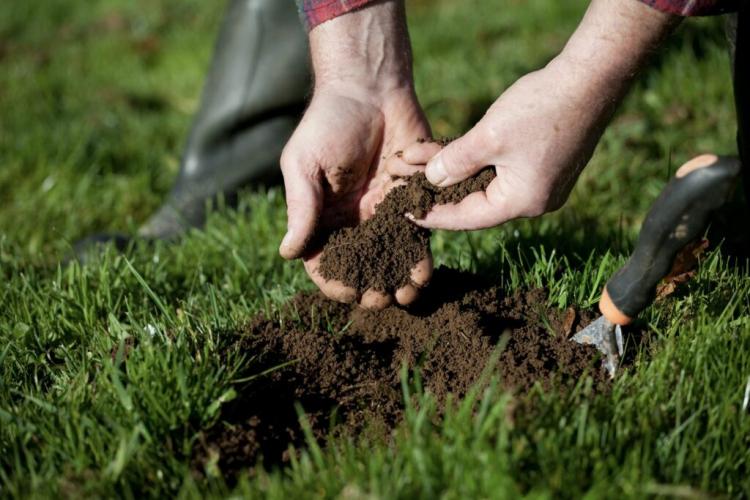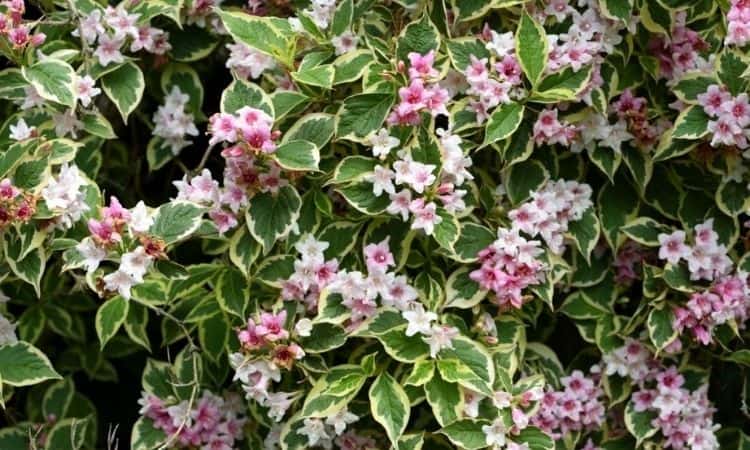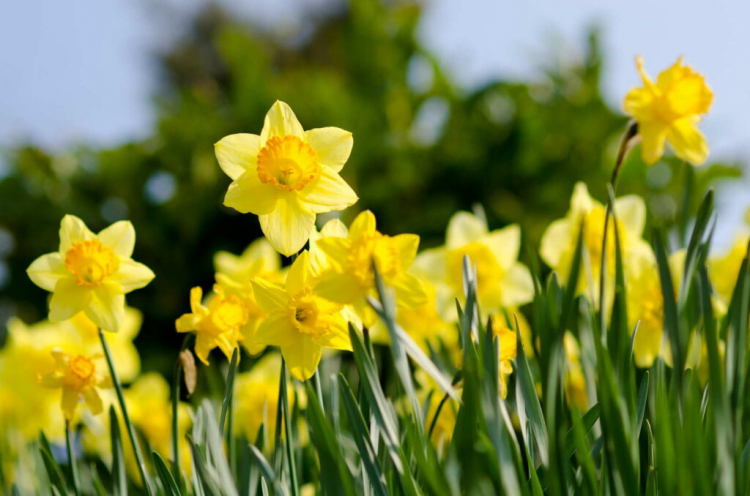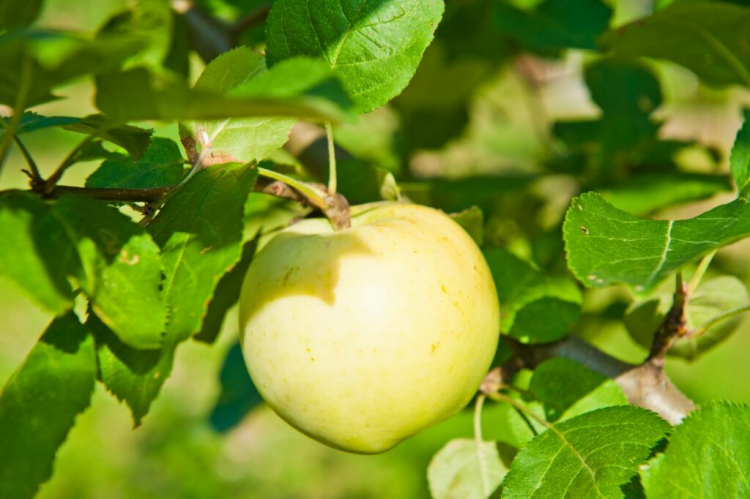Magnolia: How To Planting, Cutting And Propagating The Magnolia Tree
The magnolia tree enchants us in spring with its blossoms. We show you what you should consider when planting, caring for, and propagating your magnolia.
A true Prachtexemplar under the trees is the Magnolia (Magnolia). Not only the perfect shape of the trees but especially the fragrant flowers make spring a lot more beautiful.
Anyone who has ever walked past a blooming magnolia tree in spring knows how it sweetened the day: The sight is overwhelming and the smell is simply incredible. But magnolia trees are not only beautiful in botanical gardens and parks. Even in your own garden, the plant can enchant you and passers-by.
Magnolia: meaning and properties
Table of Contents
Magnolias are fascinating plants – and there are various reasons for this: On the one hand, they have wonderful, large flowers that give off a bewitching scent in spring and early summer. These flowers are particularly noticeable because they usually appear before the leaves shoot. On the other hand, magnolias are also very interesting from a historical perspective, because they are among the oldest flowering plants in the world. That’s why their appearance is still quite original.
The petals spiral outwards instead of in one or more rings, as is the case with most other flowering plants. The fruit of the plant is just as original. From the cone-like and woody fruit cluster, the small, deep red fruits hang out on small threads, although they are poisonous. Magnolias belong to the magnolia family ( Magnoliacea ) and are native to America and East Asia. The evergreen or deciduous trees and shrubs have long been found in Europe as ornamental plants.
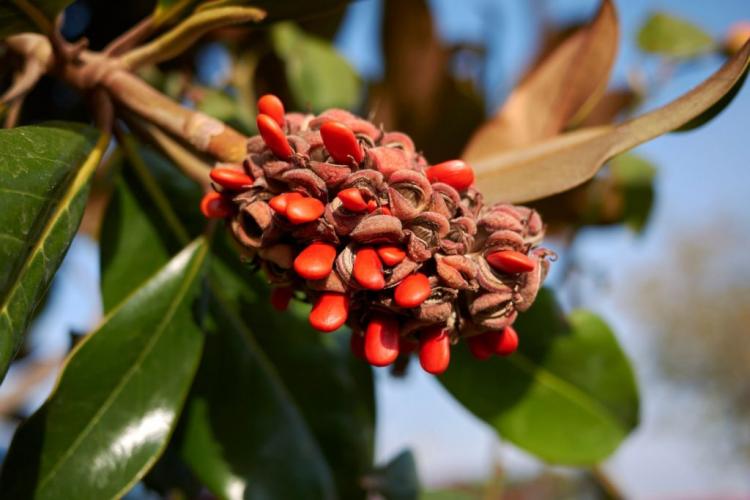
Types and varieties of magnolia
Over 120 species belong to the magnolias. So there is no lack of choice because there are also various cultivars of the species. We have put together a small selection of types and varieties for you here:
- ‘Black Tulip’: This cross of different species has probably the darkest flowers of the magnolias. A color between dark purple and purple is her own. The variety is hardy to -22 ° C. It already shows its flowers from April, which unfortunately can be a problem in regions with late frosts. In a mild climate, however, it is a great garden tree that does not grow taller than five meters.
- Evergreen Magnolia ( Magnolia grandiflora ): The special thing about this species is that it does not shed its leathery, shiny leaves. Unfortunately, this species comes from regions with few touches of frost, and temperatures below -10 ° C are dangerous.
- Purple magnolia (Magnolia liliiflora ): The purple magnolias remain rather small with a maximum height of three meters. They are not only beautiful to look at as individual specimens but also in groups or even as a hedge. The purple flowers with long petals appear in May. They even have a certain resemblance to the bloom of lilies. The intensely purple-colored variety ‘Nigra’ and the variety ‘Susan’ are known.
- Star magnolia (Magnolia stellata ): This species is native to Japan. Its flowers shine in pure white and are reminiscent of large stars due to the narrow petals. Because this species blooms early, the flowers are endangered by late frosts in some regions. However, the plant remains quite small and is therefore suitable for many gardens.
- Cucumber magnolia ( Magnolia acuminata ): The flowers only appear after the first leaves of this species from May onwards. These are greenish-yellow with a hint of pink. Although this species is not as conspicuous as some other magnolia, due to its late flowering it is quite insensitive to late frosts. It takes its name from the cucumber-shaped fruits that appear after flowering. The variety ‘Blue Opal’, whose petals are colored dark blue on the outside, offers an interesting color combination. When the flower opens, there is a wonderful contrast to the greenish-yellow colored inside of the petals.
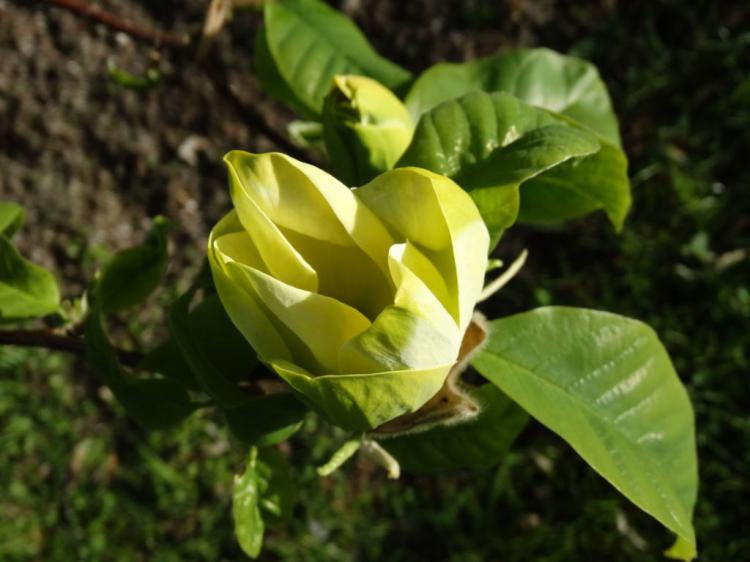
- Summer Magnolia (Magnolia Sieboldii ): The summer magnolia also blooms late. As with the cucumber magnolia, the white flowers only appear after the leaves in May or June. It is also perfect for areas with late frosts, especially since it is also very hardy.
- Tulip magnolia (Magnolia x soulangeana ): This magnolia cross is the most popular among the magnolias planted in Central Europe. Their flowers have a shape similar to that of tulip flowers. The plants can grow into trees up to nine meters high. While the varieties ‘Amabilis’ and ‘ Linéi Alba ‘ are bright white, the flowers of ‘Alexandrina’ are pink-red at the base. ‘Rustica Rubra’, on the other hand, is almost dark in color.
Buying a magnolia tree: what you should pay attention to
Magnolias can happily accompany you for a lifetime. So invest some time in choosing the right type and variety, because in addition to the flower color and size of the plant, there are a few essential points to consider. Winter hardiness is a crucial point here. And whether the species is an early bloomer or a late bloomer can be very important depending on the region. If you also want to see flowers soon, you should invest in a sufficiently old specimen. We have summarized everything you need to consider when buying magnolias.
You might so like: Magnolia Tree Propagation: Through Cuttings And Sinkers
Planting magnolia
First of all, the location is decisive for planting the magnolia. Lots of suns, little wind, and sufficient moisture are just the thing here. Before planting, enrich the soil with acidic peat soils to achieve the optimal pH value. After planting, you should surround the base of the plant with bark mulch to protect the soil from drying out. The best time to plant is during the winter months. You can find detailed instructions for planting the magnolia here.
Propagate magnolia
You can easily propagate magnolias yourself. Of course, sowing the seeds is exciting, but they need a cold stimulus before germination. Alternatively, you can also try cuttings. A high success rate can, however, also be achieved with propagation via sinkers or by mossing. In general, however, the reproduction of magnolias needs one thing above all: time. Magnolias tend to take their offspring slowly. It can take years for a young plant to grow into an adult tree. Here you can find out exactly how the individual possibilities of magnolia propagation work.
Maintaining magnolia
Magnolias do not require very much care and usually get along well on their own. Pests are usually hardly a problem with this plant. If the location is right, a lot has already been achieved. However, there are a few things to consider.

Pour the magnolia
Magnolias like to be damp, which is why the base of the plant should be covered. If the plant is not in a meadow anyway, you can remedy this with a little bark mulch. Young plants, in particular, should be watered regularly. Older specimens have an extensive root system and are quite self-sufficient. They only need a little tutoring when it is dry. Especially in autumn, when the magnolia opens its buds for spring, the plant should be adequately supplied with water. However, it is essential to avoid waterlogging.
You might so like: Lovage: Maggi Plant From The Herb Garden
Cut magnolia
Magnolias should only be cut when necessary. The plant should remain undisturbed for at least three years. If you have decided to cut back, late summer is the right time. Always cut troublesome, diseased, or dead branches back to the trunk to promote wound healing. More details on pruning magnolias can be found here.
Fertilize magnolia
In principle, fertilizing the magnolia is quite simple. In spring you can use a good portion of compost as fertilizer into the soil. With that, the most important thing is already done. You can find more information about fertilizing magnolias here.
Magnolia blossom: why is my magnolia not blooming?
The causes of a lack of flowering can be varied. Some plants are simply too young to bloom. Other magnolias are in the wrong location and therefore do not feel comfortable. Autumn drought or incorrect pruning can also be the cause of a lack of flowering. Often, however, frost is to blame for the lack of bloom. Even too cold winters or late frosts in spring can freeze the buds. Here you can find out what you can do to make your magnolia bloom again.

